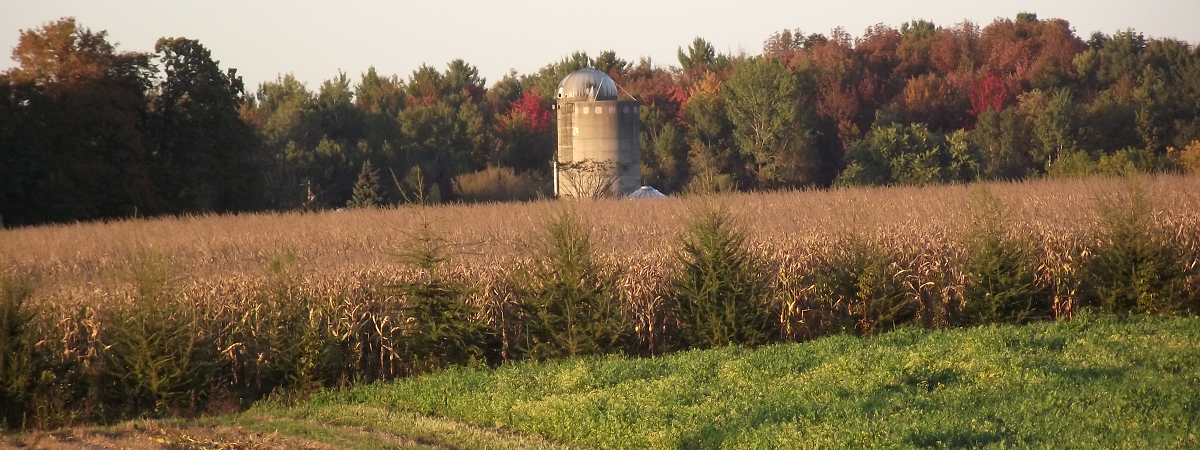Notes from September 23: The countryside is humming again: farmers are greasing their tractors and sharpening their blades. The summer was a good one in our neck of the woods, so to speak, and producers are looking forward to a bountiful end of season, beginning with the year’s third haying, a contemporaneous soy harvest and, last but certainly not least, a bumper crop of corn, whether for fuel or feed (a contentious crop in either case these days, or so it seems). Notwithstanding this week’s forecast calling for sunny skies, there’s no fooling Mother Nature: fall’s yellows and reds are quickly replacing the multi-hued greens of summer. The only exception is the bright green hay, one last hurrah for the season before it’s really over. The same inexorable logic process is visible in our vegetable beds, where the brassicaceas are in their glory, along with the usual fall root vegetables and a few autumnal leafy greens. We’re not complaining, just observing: all good things come to an end
Notes from September 16: We’ve had too much rain, the gods must be angry – at least that’s one explanation for the weather these past few days. Fall-out from the first seasonal manifestations of divine wrath is apparent in our solanaceas, particularly our tomatoes, which are stubbornly refusing to redden, and our lettuce, which is standing still. In fact, most everything in the fields is standing still. To make matters worse, they’re calling for the first fall frost Monday night…a nice brisk 0 degrees Celsius. Nothing our brassicaceas can’t withstand, mind you — but clearly something that might wreak havoc on warmer-weather lovers like our zucchinis, for example…And so we’ll be taking preventive action, harvesting the more perishable items like our tomatoes, of course, but also our eggplants, whose delicate skins will be blighted by the frost if we don’t intervene. That said, most of the other vegetables in the fields should survive. Like Mother Nature, we won’t cut them much slack; they’ll have to weather the onslaught on their own.



